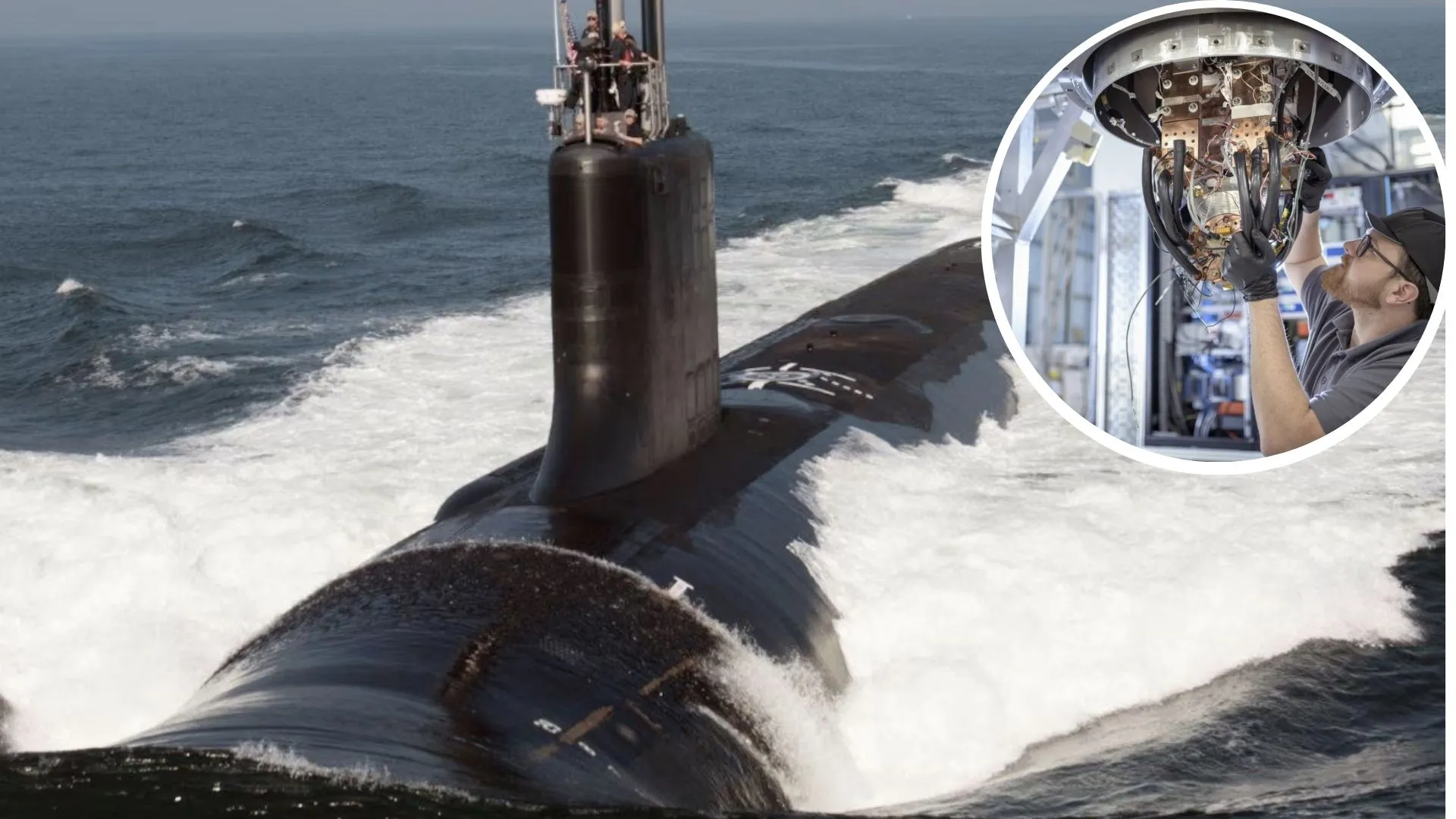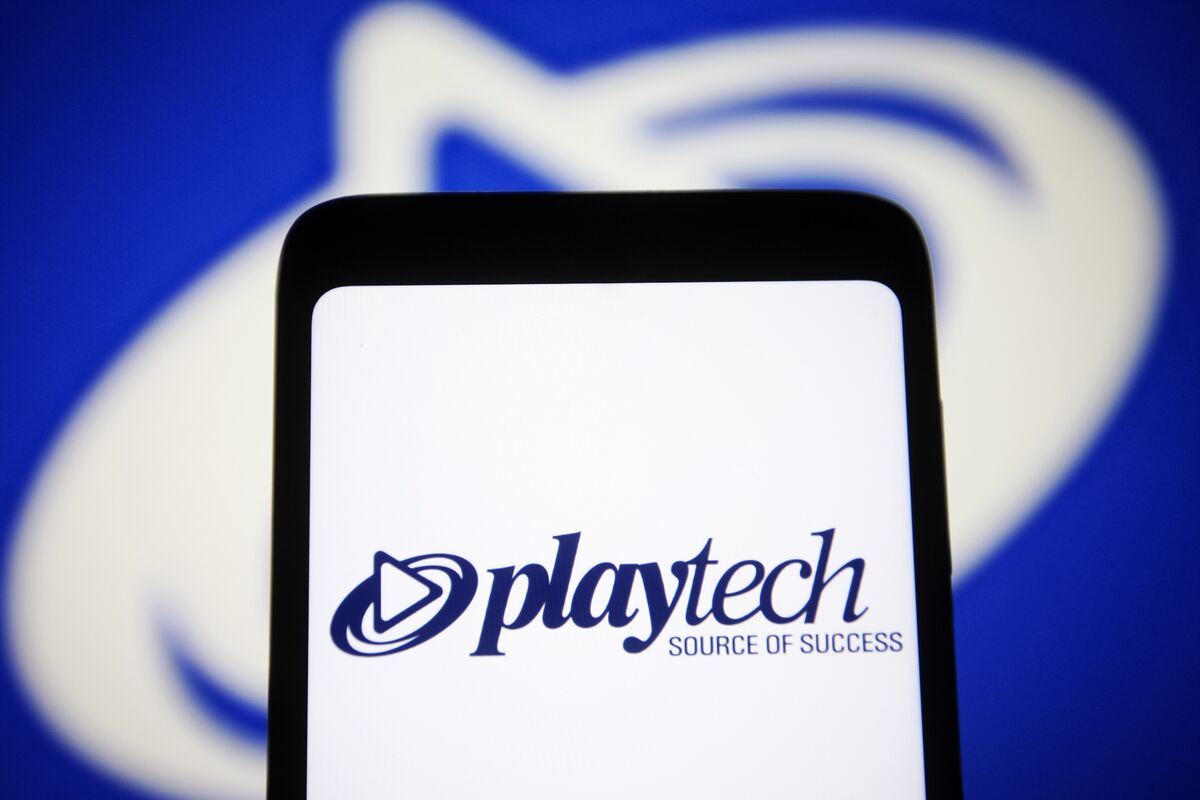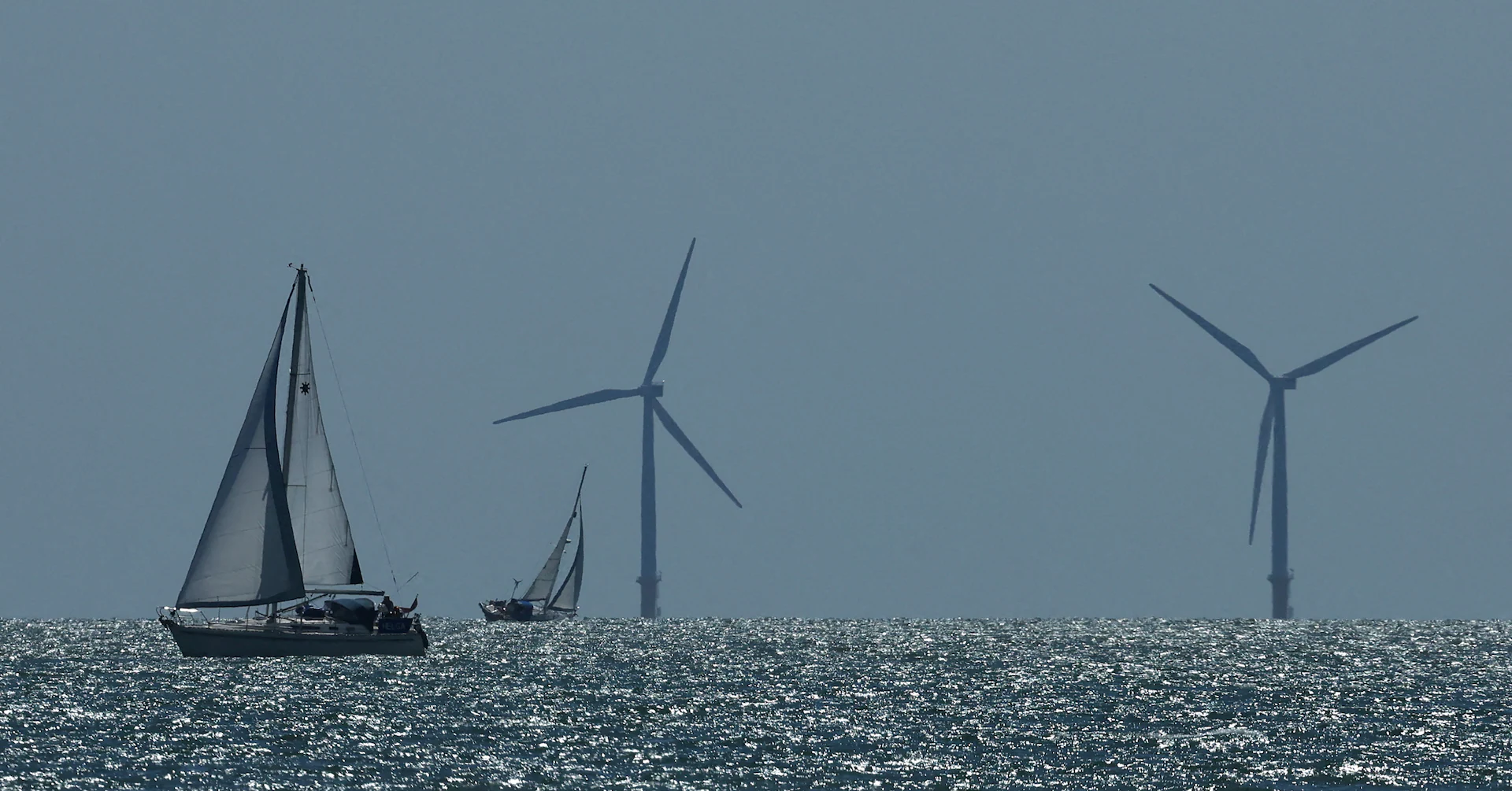Copyright Interesting Engineering

A British fusion energy company is set to provide critical high-temperature superconducting (HTS) magnet technology to support a U.S. submarine program. Tokamak Energy has been contracted by General Atomics to deliver HTS magnet technology for next-generation Undersea Magnetohydrodynamic Pumps, which use electromagnetic fields to propel water without moving parts. The system could make submarines silent and stealthy. Under the contract, the British company will provide the simulation, design, and fabrication of the HTS magnets. Significant step The HTS is the ideal technology to be deployed for magnetohydrodynamic (MHD) as propulsion in water requires high magnetic fields in a compact package, and HTS technology is capable of enabling a more powerful, silent, and efficient MHD drive. MHD pumps generate force from a magnetic field acting on an electric current flowing through seawater, requiring no rotating mechanical components. This approach reduces noise while increasing reliability in comparison to conventional propeller- or impeller-based systems. “This contract is another step towards realizing a military-relevant scale magnetohydrodynamic drive, and we are delighted to be working with General Atomics on this important project,” said Dr Liam Brennan, Director of TE Magnetics. “We’re excited to demonstrate how our HTS technology, born from our mission to deliver limitless, clean fusion energy, can enable a broad range of applications with significant industrial and commercial value across a range of sectors.” Extensive magnet testing Tokamak Energy highlighted that it’s delivering this technology by leveraging its proprietary suite of modeling and simulation tools validated through extensive magnet testing, patented designs that enable robust magnets, and versatile manufacturing technologies born from its mission to deliver clean and limitless fusion energy. General Atomics will provide magnet system integration with auxiliary systems and integration with prime contractor HRL Laboratories, who are developing the electrode technology needed to overcome existing performance limitations. These combined efforts bring together capabilities that address challenges that have previously made the technology unviable due to limitations in magnets and electrodes, according to a press release. “We are proud to be part of this groundbreaking collaboration and to provide our expertise in advanced magnet system integration,” said John Smith, senior director of Projects and Engineering for General Atomics Energy Group. “Our work with Tokamak Energy and HRL Laboratories shows how the unique strengths of each collaborator can overcome long-standing barriers in magnetohydrodynamic propulsion. At General Atomics, we have a proven record of delivering complex technologies for national security, energy, and scientific discovery, and this project highlights how our capabilities extend across multiple applications to strengthen U.S. leadership in innovation.”



